7 Days 6 Nights
Daily Tour
50 people
___
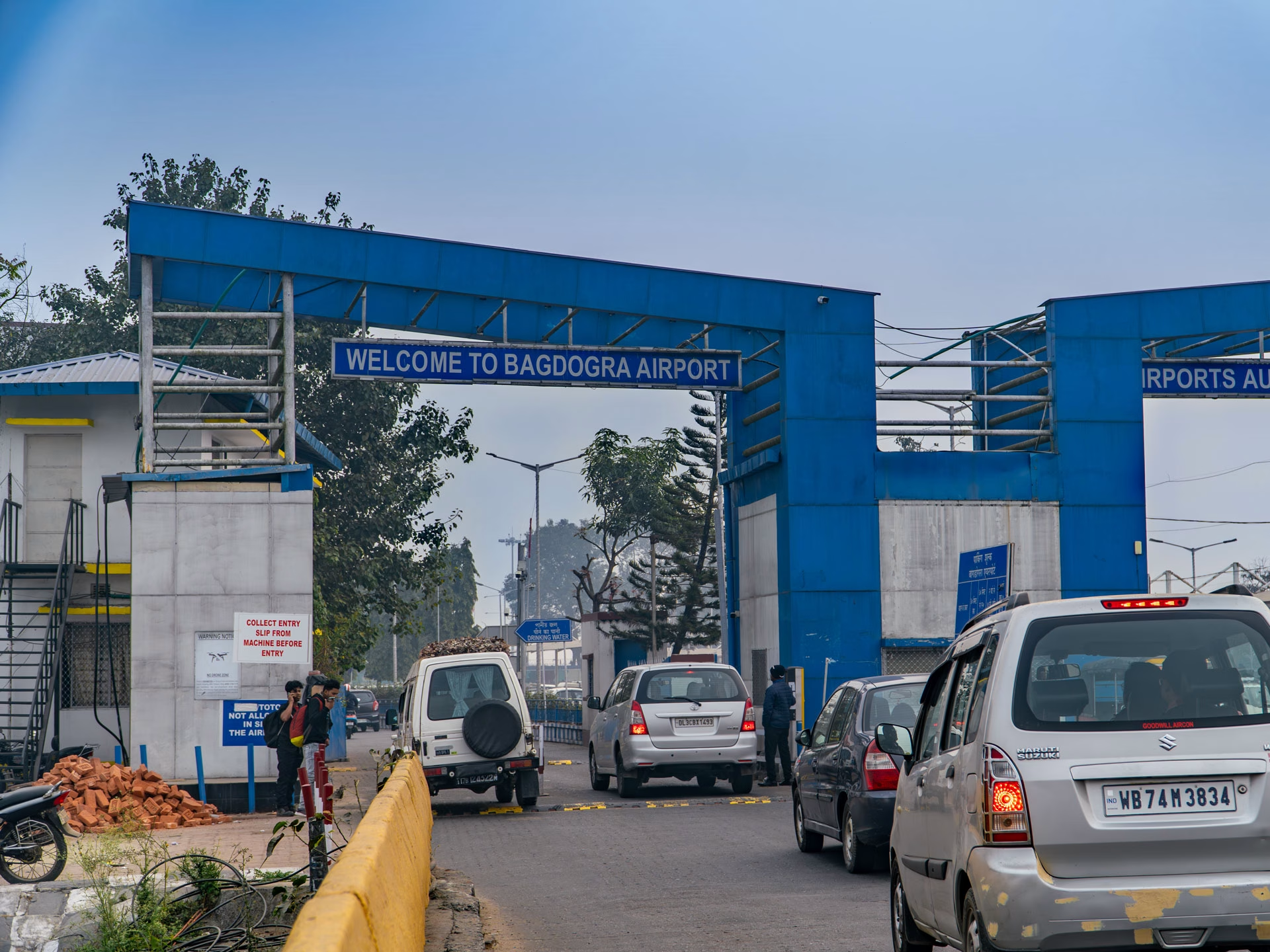
Upon arrival at Bagdogra Airport (IXB) or New Jalpaiguri Railway Station (NJP), you will be greeted by our representative and transferred to Gangtok. Enjoy a brief stop at Triveni View Point, where the Teesta and Rangeet rivers converge. Continue your scenic drive through winding roads alongside the Teesta River. Explore MG Marg at your leisure in the evening before checking into your hotel for an overnight stay in Gangtok.
Meals: Dinner
Night: Stay at the Hotel at Gangtok
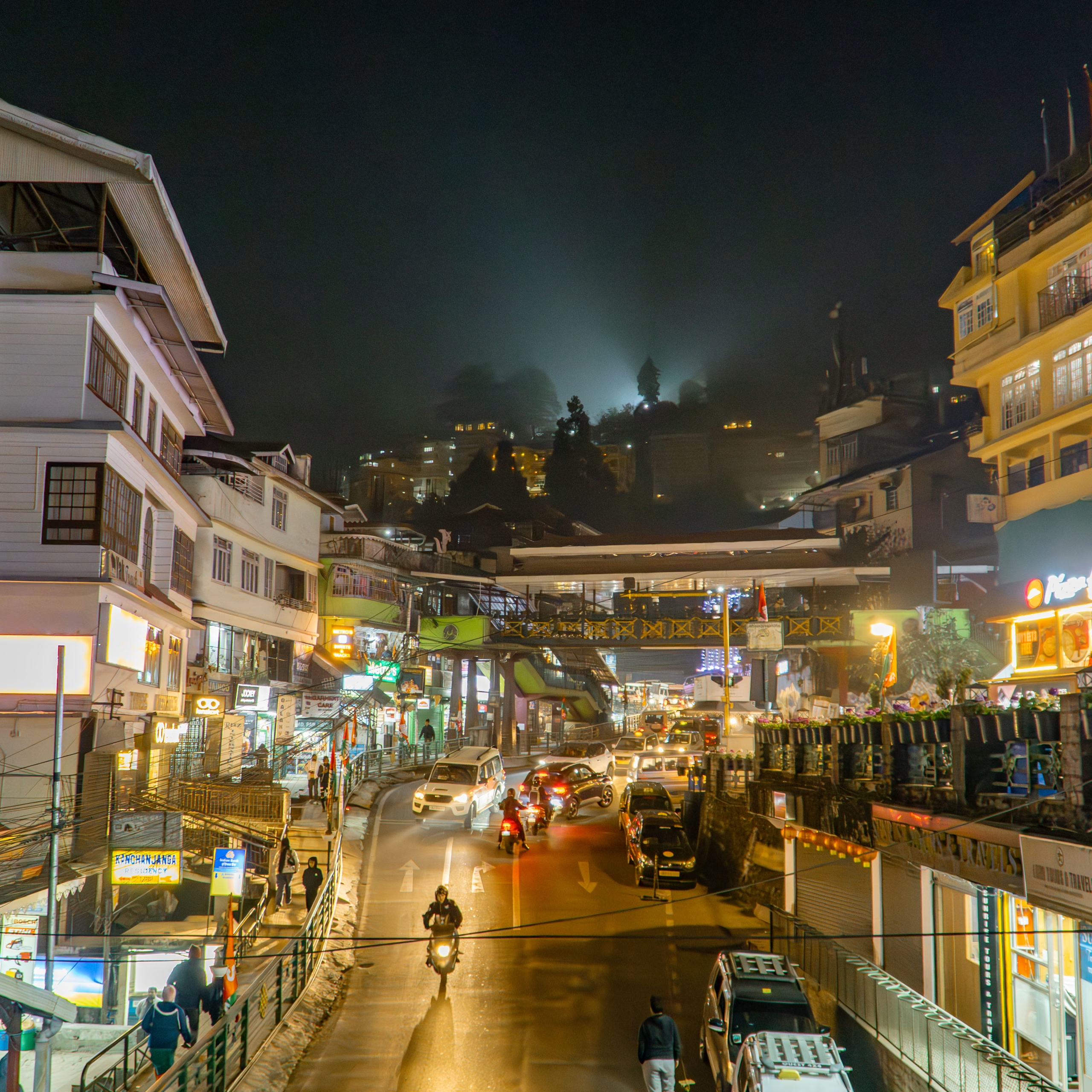
After breakfast, embark on a full-day excursion around Gangtok. Start by visiting the picturesque Tsomgo Lake, renowned for its changing colours. Then, continue to Baba Mandir, a tribute to Indian Army soldier Baba Harbhajan Singh. For those interested, hire a taxi to visit Nathula Pass, the Indo-China border post (subject to availability and extra cost). Return to Gangtok for an overnight stay.
Meals: Breakfast & Dinner
Night: Stay at the Hotel at Gangtok
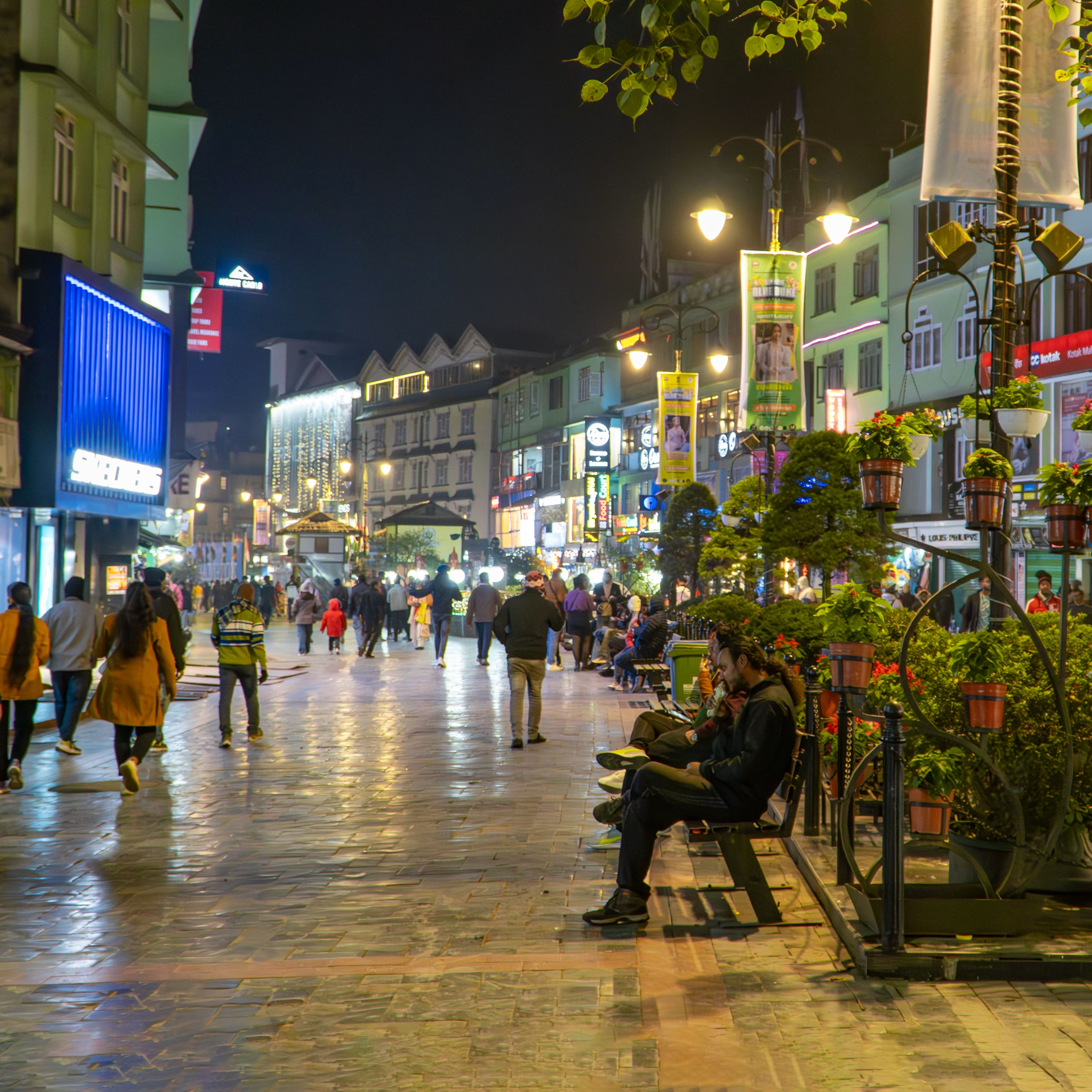
After breakfast at the hotel, transfer to Pelling in West Sikkim. En route, make a short stop at either Ravangla or Namchi. At Ravangla, visit Buddha Park, which boasts the 130 ft. Shakyamuni Buddha statue in lush gardens amidst breathtaking Himalayan views. For the Namchi route, you can see the Namchi Chardham Complex, which is 108 ft. Lord Shiva idol and replicas of the Chardham shrines. Proceed on the scenic sightseeing journey to Pelling, which captures the views and scenery of ranges of Kanchenjunga, and further check into one's hotel at Pelling with an overnight.
Meals: Breakfast & Dinner
Night: Stay at the Hotel at Pelling
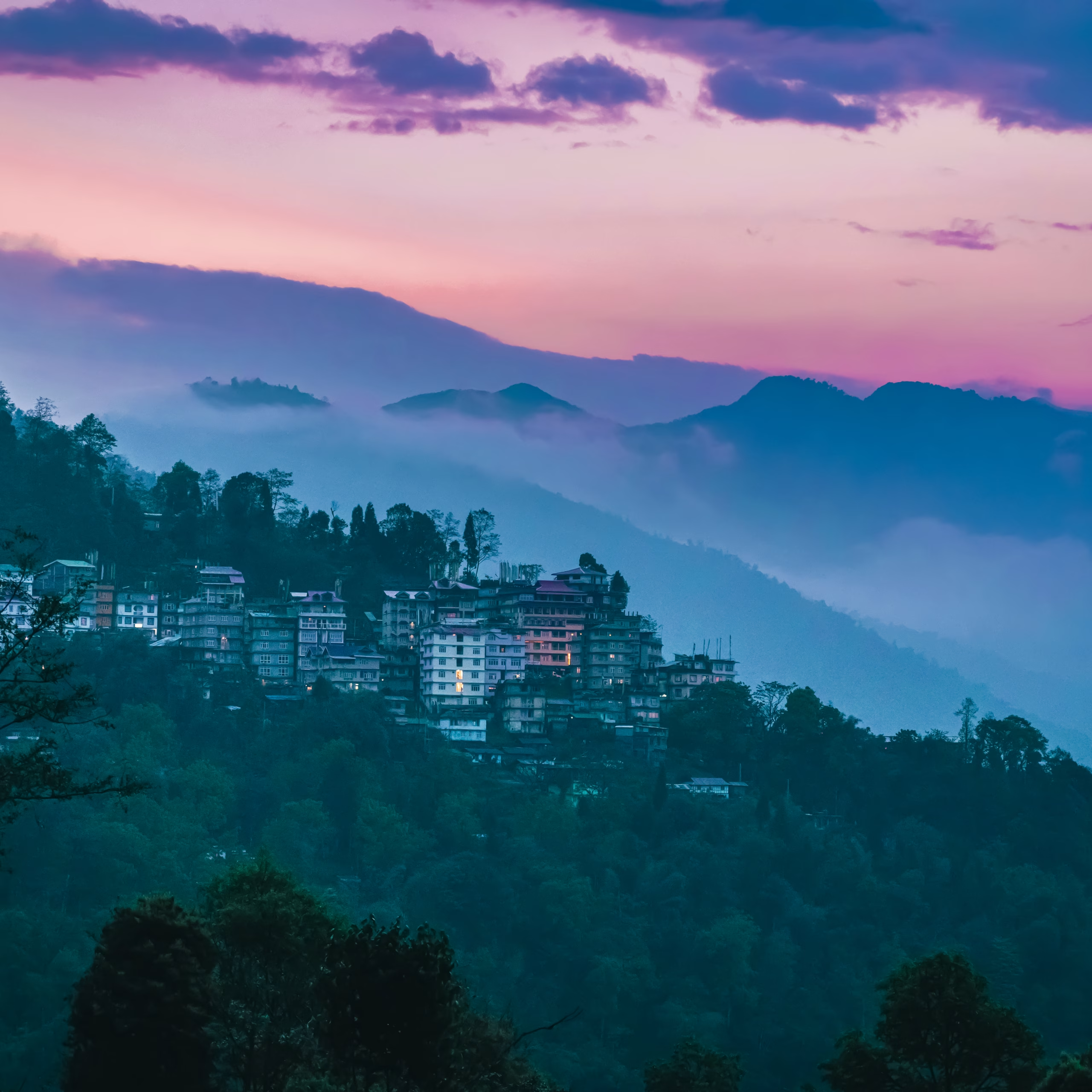
After breakfast, start your Pelling sightseeing with a visit to the Khecheopalri Lake, the wish-fulfilling lake. Next, enjoy the beauty of Rimbi Waterfalls and take a peaceful stroll through the Rimbi Orange Garden, filled with orange trees and aromatic plants. Visit Darap Village for a tranquil nature experience, followed by a visit to India’s highest Skywalk, featuring the towering 137-foot Chenrezig statue. Explore the historic Rabdentse Ruins to learn about Sikkim’s past, and end the day with a visit to the Pemayangtse Monastery for blessings. Return to the hotel in Pelling for an overnight stay.
Meals: Breakfast & Dinner
Night: Stay at the Hotel at Pelling
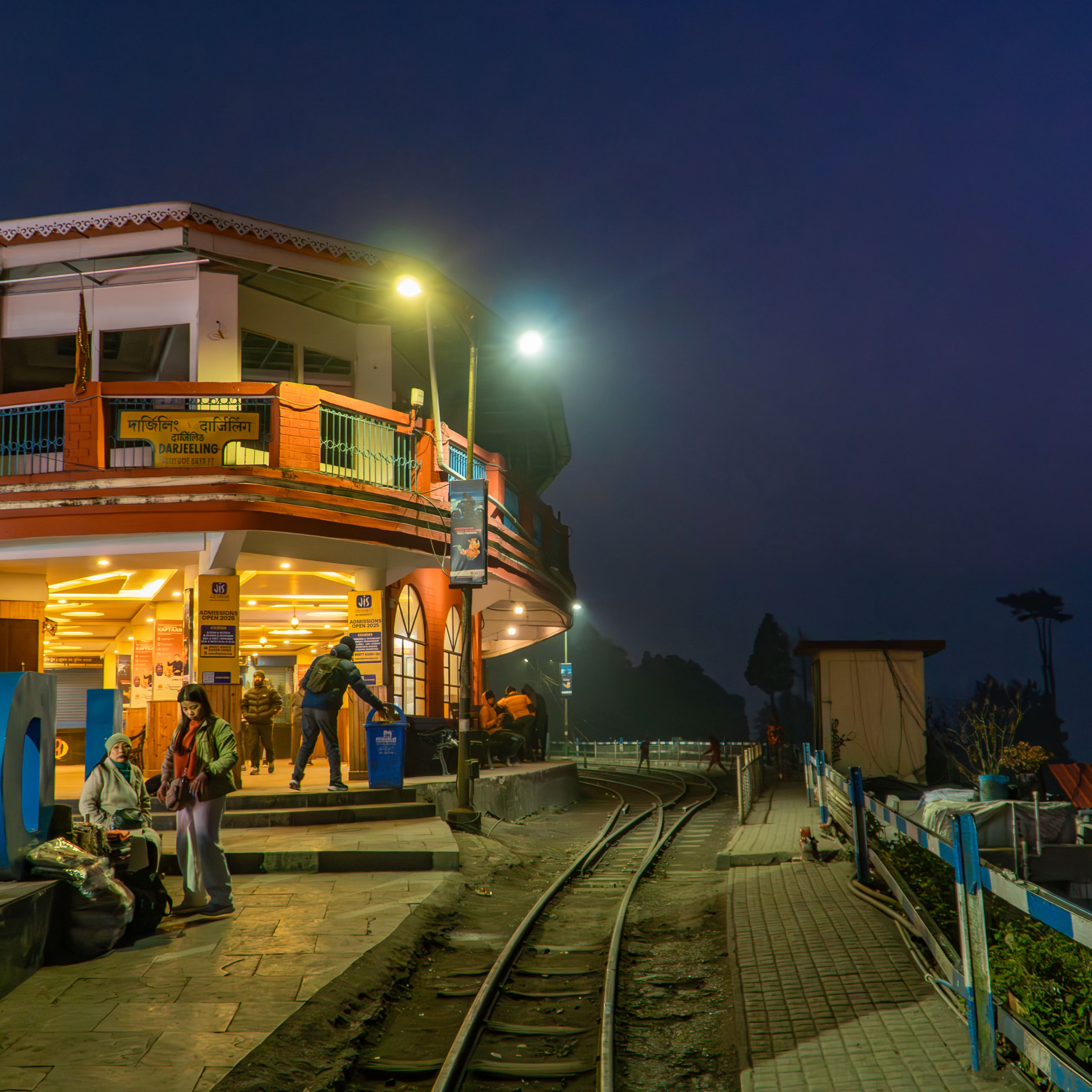
After breakfast, transfer to Darjeeling, one of the most picturesque hill stations in the Himalayas. Travel along winding mountain roads, and as you approach Darjeeling, enjoy the sight of fragrant tea plantations lining the streets. Upon arrival, check-in at your hotel for an overnight stay.
Meals: Breakfast & Dinner
Night: Stay at the Hotel at Darjeeling
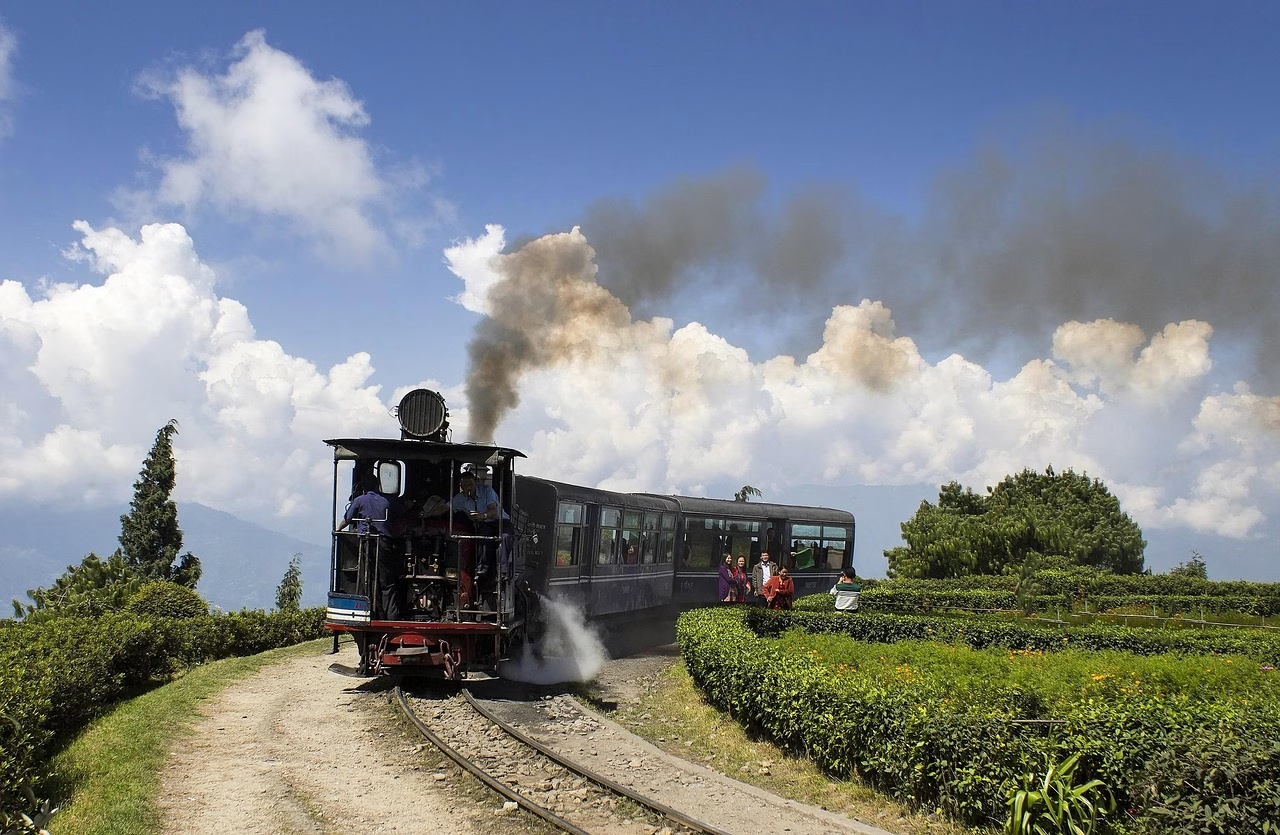
Your day begins at 4 AM with a trip to Tiger Hill to witness a stunning sunrise over Mt. Kanchenjunga and its peaks as they change colours in the morning light. After breakfast, enjoy the famous toy train ride, a UNESCO World Heritage site, with a 25-minute stop at Ghum Station and a visit to Batasia Loop, where you can enjoy a 360-degree view of Darjeeling and the Himalayas. Next, explore the Himalayan Mountaineering Institute, Tenzing Rock, and the Padmaja Naidu Himalayan Zoological Park, home to endangered Red Pandas. Take a scenic ropeway ride over tea plantations and conclude the day with a visit to the Japanese Temple and Peace Pagoda for a peaceful meditation session. Return to your hotel for an overnight stay in Darjeeling.
Meals: Breakfast and Dinner
Night: Stay at the Hotel at Darjeeling
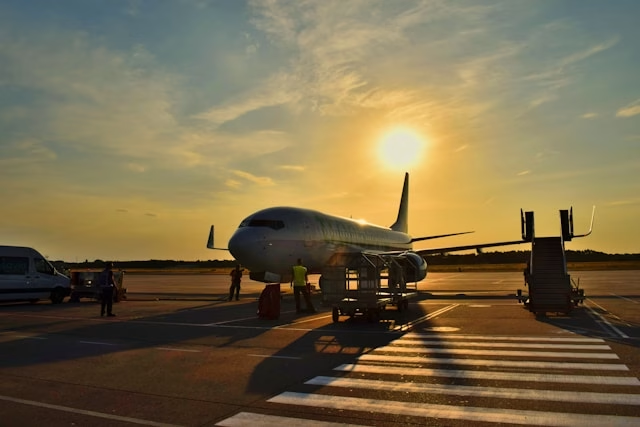
After a lovely breakfast at your hotel in Darjeeling, you'll be transferred to Bagdogra Airport (IXB) or New Jalpaiguri Railway Station (NJP). Your tour concludes when you are dropped off at the point of your onward journey. Board your train or flight back home, cherishing the wonderful memories from your trip.
Meals: Breakfast
Night: Nil
| Gangtok | Triveni View Point, Tsomgo Lake, Nathula Pass, Baba Mandir, Kanchenjunga and Siniolchu Peaks, Ganesh Tok and Hanuman Tok Temples, Ban Jhankri Falls |
| Pelling | Khecheopalri Lake, Rimbi Waterfalls, Sikkim Skywalk, Pemayangtse Monastery |
| Darjeeling | Tiger Hill, Gorkha Regiment Memorial, Himalayan Mountaineering Institute and Padmaja Naidu Himalayan Zoological Park |
Note:
Unexpected events or government restrictions may cancel the tour. In such cases, you can reschedule your dates. However, we will not provide a refund.
The booking amount (30% of the package amount) is non-refundable. However, you can adjust this amount with any other tour, trek, or activity Uncia offers after the booking date
From Gangtok’s spiritual serenity to the mystique of the natural wonders and colonial allure, these destinations offer everything needed for complete peace, adventure, or cultural immersion. With clean lakes, misty monasteries, and awe-inspiring mountain vistas that create lasting impressions on all who travel, these locations are a no-brainer—they are certainly stops that provide a memorable adventure in northeastern India.
Sikkim has often been called “The Land of Mystical Splendors” and is one of the most fascinating states of the Eastern Himalayas. The trip starts with a pickup from New Jalpaiguri Railway Station or Bagdogra Airport, followed by a scenic drive to Gangtok, the capital city of Sikkim. Gangtok is the gateway to several mesmerising sights the region offers. The attractions include Tsomgo Lake, also called Changu Lake, a glacial lake renowned for its mystical beauty. It is believed to predict the future by changing the colour of its surface. The other attraction is Baba Mandir, a shrine dedicated to Baba Harbhajan Singh, an Indian Army soldier whose spirit is said to protect the region and its military personnel.
Onward, they will travel to Pelling- a beautiful hill station backed by the mighty Himalayas. On the way, tourists want to visit Ravangla or Namchi, famous for their jaw-dropping natural beauty and Buddhist monasteries. Pelling is rich in natural beauty and cultural importance, including the Rimbi Waterfall, Darap Valley, Rimbi Orange Garden, Khecheopalri Lake, Rabdentse Ruins, Pemayangtse Monastery, and the Pelling Skywalk. Every location provides visitors a peaceful atmosphere and the region’s rich heritage.
Last, Darjeeling is the “Queen of the Himalayas,” known for its colonial charm and tea plantations, which are the most sought-after in the world. It houses many attractions within Darjeeling city, starting with the renowned Tiger Hill. When the first sun rays strike the snow-white peaks of the Himalayas, one can’t forget the scenic spectacle. A toy train ride with an experience at the Batasia Loop is reminiscent of nostalgia. From the fragrant tea gardens to the rare sight of the Red Panda in the Padmaja Naidu Himalayan Zoological Park, Darjeeling offers a wealth of memories to treasure.
Pelling: The Essence of Sikkim
Pelling, located in West Sikkim, India, is famous for its incredible view of Kanchenjunga, the third-highest mountain in the world. At an altitude of 2,150m (7,050ft), Pelling gives the flavour of Sikkim with its lush green landscapes, cascading waterfalls, and rich cultural heritage.
Natural Splendor: Some say that Pelling is the most beautiful because of its dominating views of the Kanchenjunga range. The puffs of mist and the ribbons of cloud that often envelop its scenery add an ethereal quality to the town. Picturesque valleys and winding rivers make this locale one of the best spots for trekking, mountain biking, and bird-watching. Home to the Khangchendzonga National Park, a UNESCO World Heritage Site, this place is a veritable treasure trove of biodiversity. It offers nature enthusiasts a rare glimpse of the region’s ecological wealth.
Cultural Heritage: Sikkim is a town deeply struck by cultural history, interspersed with Tibetan Buddhism, Nepali customs, and Indigenous traditions. It has ancient monasteries, gompas, and stupas that serve as spiritual sanctuaries. Sikkim’s oldest and most revered monastic institution, the Sangachoeling Monastery, is a place of great significance, with many rare artefacts and holy relics. The Sangachoeling Monastery stands at a higher altitude, granting sweeping views and a peaceful setting for meditation and contemplation.
Adventure and Exploration: Adventurous spirits, Pelling is all about electrifying adventures with nature in full view. Yuksom Valley is a hot trekking spot, with trails crossing its lakes and lush alpine meadows, moving through high mountain passes. The venerated Khecheopalri Lake is called the “Wishing Lake” because it is supposed to be blessed with sacred healing and purification powers. Rimbi Waterfall and Kanchenjunga Falls are alluring picnic spots, ideal for photography and relaxation while soothingly gurgling water amalgamations.
Spiritual Sanctuaries: Pelling is a place for seekers or pilgrims searching for inner peace and enlightenment. Tashiding Monastery in the lush hills of West Sikkim is a renowned site associated with Guru Padmasambhava, the patron saint of Sikkim. The annual Bumchu festival at Tashiding Monastery provides a colourful display of faith, where devotees take part in sacred rituals. Nearby Rabdentse Ruins offer a glimpse into the royal splendour of the erstwhile capital of Sikkim through its palaces and temples.
Community and Hospitality: The Pellyhill is renowned for its warm hospitality and vibrancy of local life. The locals warmly welcome visitors, and markets, teahouses, and eateries from Pelling showcase local dishes, such as momos, thukpa, and yak-butter tea. The Pang Lhabsol festival is an event in which local music, dance, and other performances depict the cultural diversity of Sikkim.
The Queen of the Hills: Darjeeling
The Himalayan town of Darjeeling, in the Indian state of West Bengal, is a tourist paradise. It is also renowned for its tea industry and the Darjeeling Himalayan Railway (DHR). UNESCO designated it a World Heritage site. It is especially famous for its majestic views of Mount Kanchenjunga. Here, one admires the wide Singalila range, including vistas of Bhutan’s Himalayas and even parts of the Everest range.
Key Attractions
Darjeeling Himalayan Railway (DHR)
The Darjeeling Himalayan Railway, affectionately known as the “Toy Train,” features a 2 ft (610 mm) narrow gauge railway stretching 86 kilometres (53 miles) between New Jalpaiguri and Darjeeling. Declared a UNESCO World Heritage site, the railway’s construction began in 1879 and was fully operational by 1881. Its elevation ranges from 100 meters (328 feet) at New Jalpaiguri to 2,200 meters (7,218 feet) at Darjeeling. A journey from Siliguri to Darjeeling, lasting approximately seven hours, or a joy ride within Darjeeling, offers an unforgettable experience.
Himalayan Mountaineering Institute (HMI)
Established in 1954 by Tenzing Norgay Sherpa following his historic Everest ascent in 1953, the Himalayan Mountaineering Institute is a premier institution for mountaineering training. Situated on Jawahar Parbat, about 2 kilometres from Chowrasta, the institute boasts a rich collection of mountaineering equipment and artefacts from various expeditions. The Everest Museum within the institute showcases attempts to conquer Mount Everest. Visitors can also view Himalayan peaks through a Zeiss Telescope, a gift from Hitler to the Nepalese Maharaja. Tenzing Norgay served as the institute’s Director for many years and was cremated nearby after he died in 1986.
Tiger Hill
Located 13 kilometres from Darjeeling at 2,590 meters (8,482 feet), Tiger Hill is renowned for its spectacular sunrise views over Kanchenjunga and the eastern Himalayan peaks. On clear days, visitors can even glimpse Mount Everest and other towering peaks such as Lhotse, Makalu, Rathong, Kabru, Simvo, and Siniolchu.
Kalimpong
Kalimpong is a tranquil hill station at an elevation east of the Teesta River. Known for its historical educational institutions established during British rule, Kalimpong was once a trade gateway between Tibet and India. The town is famous for its Indigenous handicrafts, including Tibetan and Bhutanese jewellery, woodcarvings, and copperware. Horticulture is a vital part of the local economy, with a notable flower market specialising in orchids and nurseries exporting Himalayan-grown bulbs and tubers. The Zang Dhok Palri Phodang monastery, home to rare Tibetan Buddhist scriptures, serves as a spiritual centre.
Lava & Loleygaon
Lava and Loleygaon are serene hamlets near Kalimpong, ideal for nature enthusiasts. Lava, located 32 kilometres from Kalimpong, is the entry point to the Neora Valley National Park. The scenic route to Lava features a transition from tropical deciduous forests to alpine vegetation. Loleygaon, 24 kilometres from Lava, is a small Lepcha village offering panoramic views of the Kanchenjunga range.
Sikkim is famous for its stunning high-altitude lakes, Gurudongmarr and Tsomgo, with crystal-clear waters and a serene backdrop. On the other hand, Darjeeling is known for its vast tea plantations, which cover the green hills and provide beautiful, sweeping views of the horizon.
March and June are the best time to visit Darjeeling. The weather is mild and pleasant during these months, providing perfect conditions for sightseeing and outdoor activities.
Besides the Darjeeling Himalayan Railway Station (88 km from New Jalpaiguri Railway Station), the nearest railway stations are Siliguri and New Jalpaiguri. These stations are well-connected by direct trains to major cities in India, including Kolkata, Delhi, Guwahati, and others.
Tea Industry: Darjeeling is synonymous with tea and is renowned worldwide for its unique flavour. The area continues to produce tea using traditional methods, specifically the 'orthodox' process, which has been maintained since its inception.
Snowfall in Darjeeling is possible in December, although it is unpredictable and may not occur yearly. The best time to visit Darjeeling is between April and June, as the weather is most pleasant during these months. For those hoping to experience snowfall, the ideal time to visit is from October to January.
Day-wise Itinerary Details:
Day 1: Arrival and Transfer to Darjeeling – Arrival at your destination and transfer to Darjeeling.
Day 2: Darjeeling Local Sightseeing – Explore the local attractions of Darjeeling.
Day 3: Darjeeling to Gangtok – Travel from Darjeeling to Gangtok.
Day 4: Gangtok to Changu Lake and Baba Mandir – Visit Changu Lake and Baba Mandir from Gangtok.
Day 5: Gangtok to Lachen – Depart from Gangtok and head towards Lachen.
Day 6: Lachen to Gurudongmar Lake – Journey to Gurudongmar Lake from Lachen.
Day 7: Lachung to Yumthang Valley and Return to Gangtok – Travel from Lachung to Yumthang Valley and return to Gangtok.
The entry fee for tea gardens in Darjeeling generally ranges from ₹50 to ₹100 per person, depending on the specific garden. Some gardens also offer guided tours, which may incur an additional charge.
Uncia Trails' travel partners offer some of the finest tour packages in India and internationally. We are passionate about travel and aim to create meaningful experiences. Our team of experienced travellers is committed to helping you design and plan the ideal getaway.
Leave a review